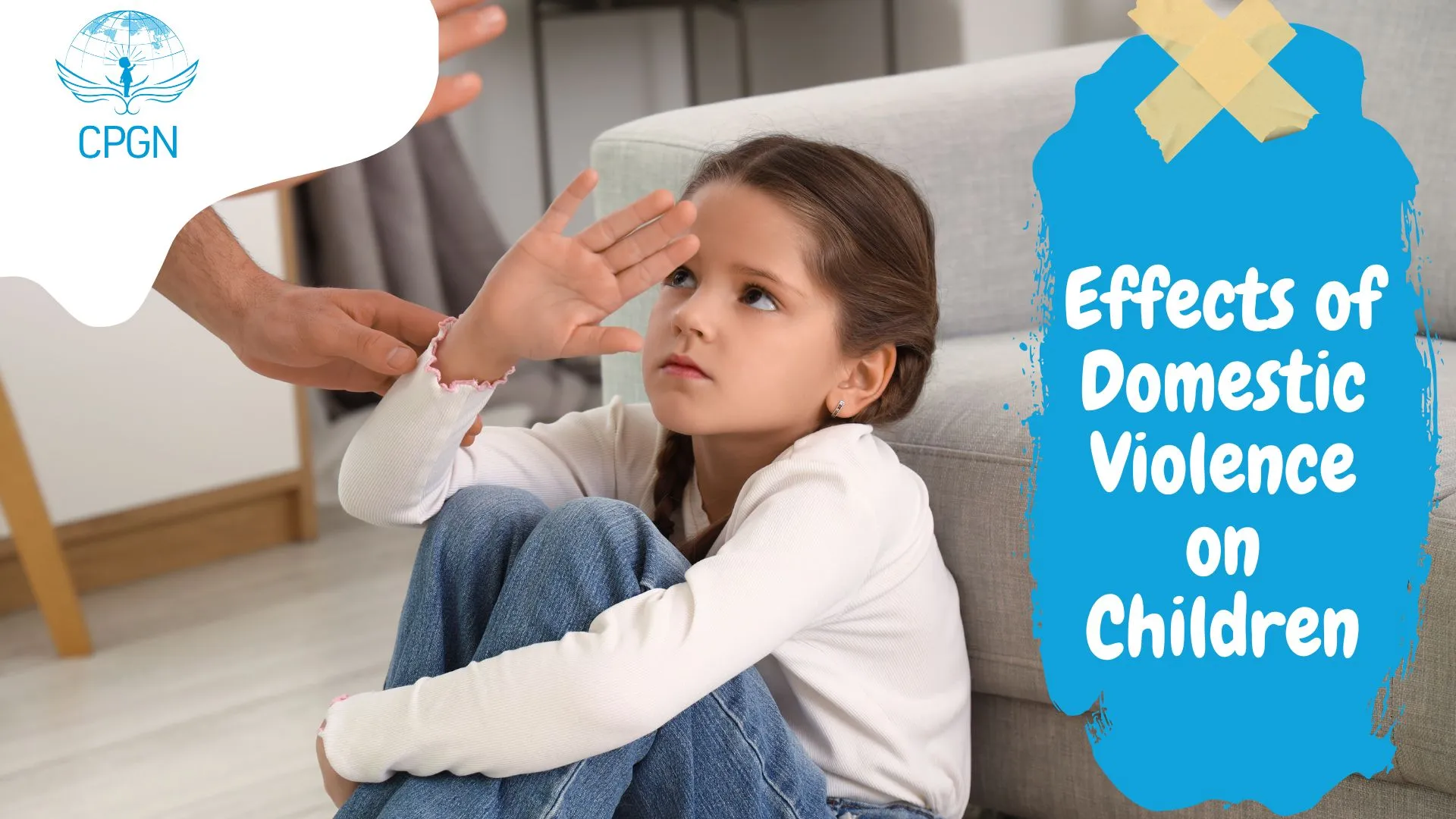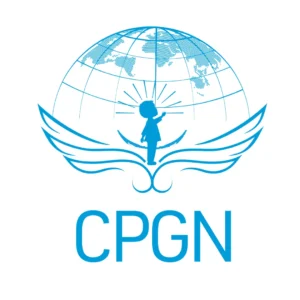Effects of Domestic Violence on Children
Discover how domestic violence harms children’s emotional, physical, and mental health—and how CPGN works to protect and help them heal.

What does “home” mean when love is replaced with fear?
For millions of children worldwide, home is not a safe space. It’s a place of conflict, intimidation, and sometimes physical harm. Domestic violence doesn’t just harm adults; it deeply shapes the lives of children who witness or experience it.
At the Child Protection Global Network (CPGN), we know that the trauma of domestic violence in childhood can echo across a lifetime. Children may suffer in silence, unsure who to turn to. That is why understanding the effects of domestic violence on children and acting quickly to protect them is critical.
Why Domestic Violence Impacts Children Deeply
Children grow and learn within the family system. When violence disrupts that system, children’s sense of security is shattered. Studies show that children exposed to domestic abuse often face emotional, behavioral, and cognitive challenges that can last into adulthood.
This impact is not limited to direct abuse. Even when a child only witnesses violence. Shouting, hitting, threats, the trauma of domestic violence can harm brain development and emotional stability. If a child is also physically abused by parents, the harm compounds, creating even more severe effects.
Research from Barnardo’s highlights that domestic violence can leave children “anxious, withdrawn, aggressive, or deeply insecure,” showing that even suspicion or exposure is enough to alter a child’s path.
Types of Effects on Children
The impact of domestic violence on children shows up in many ways. Emotional scars, behavioral struggles, physical health issues, and difficulties in forming healthy relationships.
Emotional & Psychological Effects
- Anxiety and depression: Children often feel guilt, blame, or helplessness.
- Post-traumatic stress symptoms: Nightmares, bedwetting, hypervigilance.
- Low self-esteem: Feeling unworthy of love or safety.
The abusive mother effect on daughter is particularly concerning. Daughters of abusive mothers may internalize blame, struggle with trust, or even repeat similar cycles in adulthood. In contrast, the son abused by father may normalize violence, develop anger issues, or suppress emotions to survive.
For a deeper exploration of how hidden forms of abuse affect children emotionally, see CPGN’s blog What Is Emotional Child Abuse?.
Behavioral Effects
Children exposed to violence may act out or shut down:
- Aggression and delinquency: Copying violent behavior seen at home.
- School struggles: Poor concentration, absenteeism, or declining grades.
- Withdrawal: Avoiding friends, teachers, or activities they once enjoyed.
These behaviors are often misunderstood. Teachers may see a “problem child,” when in reality, the child is struggling with the trauma of domestic violence.
Physical Health & Development
The stress of constant fear affects the body as well as the mind:
- Sleep problems, frequent headaches, or stomach aches.
- Weakened immune system and chronic stress.
- Developmental delays in younger children due to toxic stress.
Children physically abused by parents are especially at risk for long-term injury, disability, and even premature death.
For related insights, CPGN offers a focused guide on Physical Child Abuse, which highlights overlapping risks when physical violence is present at home.
Parenting & Intergenerational Transmission
Domestic violence doesn’t just harm children in the moment—it can also affect how they parent later in life. This is known as the intergenerational cycle of abuse.
- Survivors of domestic violence may struggle to provide consistent, nurturing parenting.
- Children who grow up normalizing violence may accept it in their own relationships.
- The domestic violence effect undermines attachment, trust, and caregiving.
The intersection of domestic violence and parenting means that protecting children also requires supporting parents who are survivors.
Special Focus: Gendered Dynamics
Abusive Mother & Daughter
The abusive mother effect on daughters can manifest as deep emotional wounds. Girls may internalize anger, fear, and guilt, which later appear as depression, eating disorders, or difficulty forming healthy female role models.
Son Abused by Father
A son abused by father may face conflicted feelings about masculinity. He may model aggression, become withdrawn, or struggle with shame. Without intervention, these patterns risk repeating across generations.
What Influences Severity
Not all children experience domestic violence in the same way. The impact of domestic violence depends on:
- Age of the child: Younger children often show developmental delays; older children may display risky behaviors.
- Duration and intensity: Prolonged exposure deepens trauma.
- Protective relationships: Having a supportive adult can buffer harm.
- Access to resources: Counseling, safe housing, and school support matter.
- Socioeconomic stressors: Poverty and instability amplify trauma.
Healing Pathways & Protective Actions
The good news: with early intervention and safe environments, children can heal.
- Therapy and trauma-informed care: Counseling helps children process fear and regain confidence.
- Safe housing and protective custody: Ensuring immediate safety is non-negotiable.
- Parenting support: Helping survivors build skills, routines, and resilience.
- School-based programs: Mentoring and supportive teachers can help children rebuild trust.
Families and communities also play a crucial role. Strengthening protective factors. Such as stable relationships, supportive networks, and access to social services can buffer the worst effects of trauma.
Learn more in CPGN’s resource Protective Factors That Can Mitigate Child Abuse.
CPGN’s Role in Advocacy & Support

At CPGN, we believe prevention, intervention, and recovery must work together.
- Prevention: Raising awareness about warning signs, running school campaigns, and teaching body safety.
- Intervention: Providing confidential reporting tools, legal support, and crisis response.
- Recovery: Connecting children and families with therapy, advocacy, and survivor empowerment programs.
Through global collaborations, CPGN is building protective networks so children don’t face violence alone.
Final Thoughts
The effects of domestic violence on children are too serious to ignore. From emotional scars to health problems, from disrupted learning to cycles of abuse, the trauma can last a lifetime. But with timely action, support, and advocacy, children can heal.
If you suspect domestic violence in a child’s life, take it seriously. Speak up. Offer support. Share resources. Together, we can protect children, break cycles of violence, and build safe homes where love, not fear, defines family.
Learn more, volunteer, or donate at cpgn.org. Your actions could change a child’s future.
Sources
- Barnardo’s. Children Affected by Domestic Abuse and Violence. https://www.barnardos.org.uk/get-support/support-for-parents-and-carers/child-abuse-and-harm/children-affected-domestic-abuse-violence
- U.S. Office on Women’s Health. Effects of Domestic Violence on Children. https://womenshealth.gov/relationships-and-safety/domestic-violence/effects-domestic-violence-children
- Kansas Courts. Impact of Domestic Abuse on Children. https://kscourts.gov/About-the-Courts/Programs/Parenting-Planning/Impact-of-Domestic-Abuse-on-Children
Mark Schwartz
Our goal is to ensure the safety and protection of every child until it is achieved. Our goal is to support communities in protecting the future of children and promoting their welfare.
Quick Links

Our goal is to ensure the safety and protection of every child until it is achieved. Our goal is to support communities in protecting the future of children and promoting their welfare.
Quick Links
Copyright © 2025 CPGN. All rights reserved by Majnate LLP | Privacy Policy | Terms and Conditions
